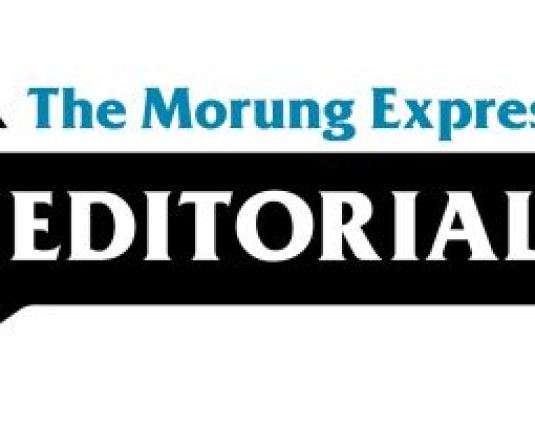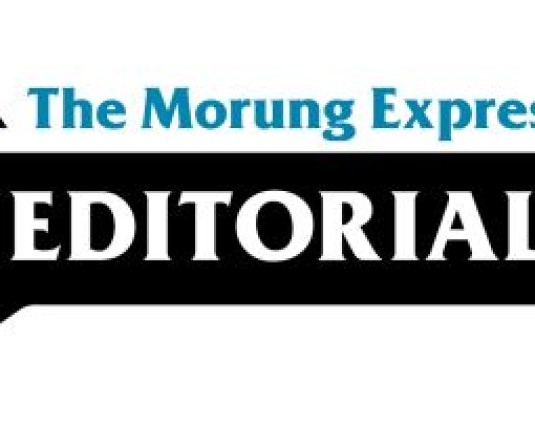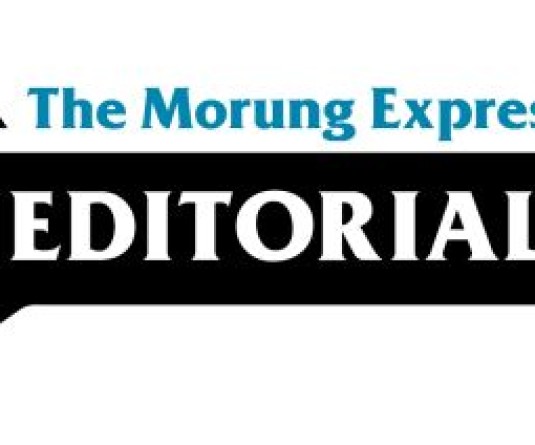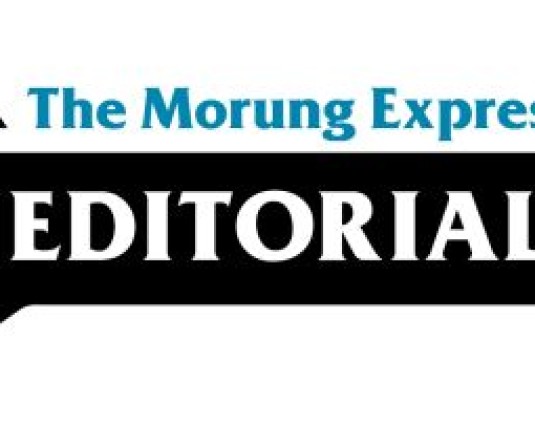
Moa Jamir
In recent times, public discourse has been increasingly compartmentalized. The cacophony generated from competing narratives has drowned out the ‘silent majority.’ As the angst continues, often opposing entities are pitted against each other, radically redrawing the existing paradigm.
The immediate outcome is a highly polarized society, with each camp feeding a biased interpretation of the matter to its supporters for furthering its agenda. A nuanced debate on issues has dissipated in the national, and increasingly in the international, arena. The ascendancy of right-wing assertion has been one of its most defining outcomes.
Naga society is not immune to such phenomena; rather it is highly susceptible due to the myriad internal contradictions in the society. Events unfolding before us bear witness to such contention.
The protracted Naga political imbroglio is no exception. In fact, it can be argued that competing narratives and imperatives have been its constant companion. As a result, the general public is exposed to a superfluity of ‘truth’ with too many ‘Messiahs’ contending over its copyright. Ironically, they are not only squeezed within the structure but have become skilled in maneuvering circumstances.
Expectations can be a sticky affair – it could be the root of disappointment or embodiment of triumph. This column has argued the same before in the context of the ‘Framework Agreement’ signed between the NSCN (IM) and the Government of India (GoI) on August 3, 2015. The concern over its content has constantly elicited anxiety and trepidation. Consequently, belligerent repartee amongst stakeholders has regularly occupied the discourse in public domain.
In this context, invoking such terms as “anti-Naga national issue and anti peace process” by the former while “unanimously” reaffirming the Framework Agreement holds implications. Making its position clear, NSCN (IM) called upon the Naga people “not to be misled by certain section of people who in order to safeguard their vested interest and ambition have been sloganeering anti Framework agendas and trading away the birthright of the Nagas.” Earlier in June, the public was also cautioned against ‘anti-Framework agents’ who were “hell bent and actively working towards exacting maximum collateral damage to the historic political achievement.”
The latest statement seems to be a reaction to positions taken by many organizations when the GoI's Interlocutor for Naga Peace Talks, RN Ravi, visited Nagaland in early July. It is a curtain raiser for events likely to unfold once an agreement is finalized and brought into public domain.
However, when things are as delicate and intricately enmeshed as the Naga affairs, can ‘labeling’ be a prudent step forward? Only time will tell, but one can infer from past experience that any agreement reached without involving all stakeholders is self–defeating and dangerous. Bracketing critics into categories, without addressing the issues, could prove counterproductive. Consequently, short term fixes implemented without taking these into account will aggravate long time problems, putting the Nagas into another vicious cycle of conflict.
The need of the hour is to pragmatically acknowledge ground realities, recognize each others’ needs, and strive to find solutions, however minuscule. The goal is to find commonalities rather than deciding who holds the ultimate truth. Compartmentalization should not be the road taken.
For any comment, drop a line to moajamir@live.com





